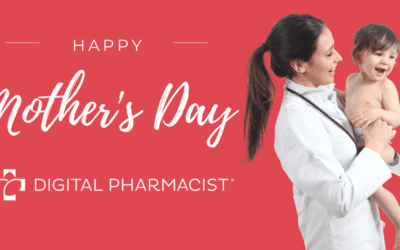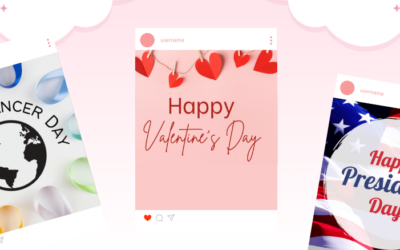Senior pharmacy patients, while less tech-savvy than younger generations, are nevertheless adopting newer technologies at an increasing pace.
There’s no arguing that seniors are profitable patients for pharmacies. Not only are they more likely to need regular care and prescription medication, but they also spend more on medical expenses not covered by their health insurance.
What many pharmacies don’t realize, however, is that the future of reaching senior patients is technological.
Who Your Senior Patients Are and How They Use Technology
The current senior population (patients aged 55+) is made up of the Silent Generation (born 1928-1945) and Baby Boomers (born 1946-1964). Most recently, Generation X (born 1965-1980) has begun aging into the senior population as early and pre-retirees.
More and more seniors are adopting, and adapting to, online and mobile platforms and social media. According to AARP, 51% of older Americans purchased social and entertainment tech products within the past year. Top purchases included:
- Smartphone (23%)
- Computer, laptop, or tablet (22%)
- Smart home technology or device (12%)
With the number of senior smartphone owners at 79% of 50-64 year-olds and 53% of people aged 65 and over, there has never been a better time to reach them via digital and mobile platforms.
Download our ebook on multi-generational marketing for pharmacies.
How Pharmacies Can Market to Seniors Today
High tech usage among seniors means more time spent online and on social media, more capability and willingness to use mobile apps for daily tasks, and a higher likelihood of paying attention to digital marketing efforts.
Senior social media use, according to Pew Research, can be broken down into three major platforms:
- 68% of adults aged 50-65 and 46% 65+ use Facebook and access it at least once a day.
- 31% of people aged 50-65+ use Instagram online and via mobile.
- 70% of 50-64 year-olds and 38% of 65+ watch YouTube.
According to ComScore’s 2017 U.S. Mobile App Report, smartphone users between 55 and 64 spend over 55 hours a month on mobile apps, while the 65+ age group averages 42.1 hours on them over the same period.
Digital marketing efforts that are mobile-accessible, such as mobile app offerings, social media presence, and digital ads, are more likely to attract older patients than ever before.
This presents tech-forward pharmacies with a unique opportunity to not only expand their digital marketing efforts to reach older patients but also to upgrade their mobile and digital product offerings.
In March, Digital Pharmacist analyzed the demographics behind our pharmacy clients’ Facebook and Instagram ad impressions between July 1, 2019, and February 24, 2020. Our report broke ad impressions down into multiple age groups.
| From 7/1/2019 to 2/24/2020 | ||
| Age | Impressions | Percentage |
| 13-17 | 1 | <0% |
| 18-24 | 34608263 | 18.9% |
| 25-34 | 31177531 | 17.0% |
| 35-44 | 18694286 | 10.2% |
| 45-54 | 23188467 | 12.6% |
| 55-64 | 34178903 | 18.6% |
| 65+ | 41638040 | 22.7% |
The report found that 41.6% of our ad impressions came from patients aged 55-64 and 65+ over a period of nearly eight months. Overall, senior patients made up nearly half of patients who viewed Digital Pharmacist ads.
As you continue to adjust your digital marketing plan for 2020, consider how you can win more senior patients through the platforms and technologies they are most likely to use.
To learn about generational marketing and adapting your pharmacy’s strategy to different generations, download our new ebook.


